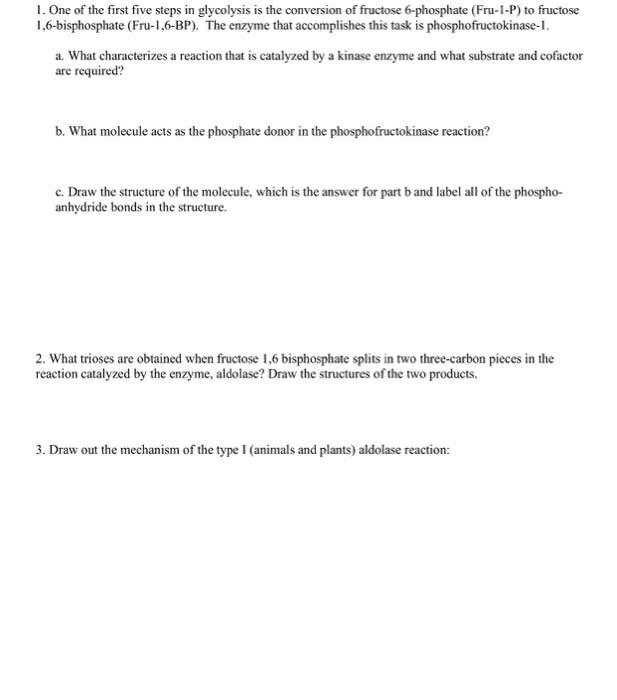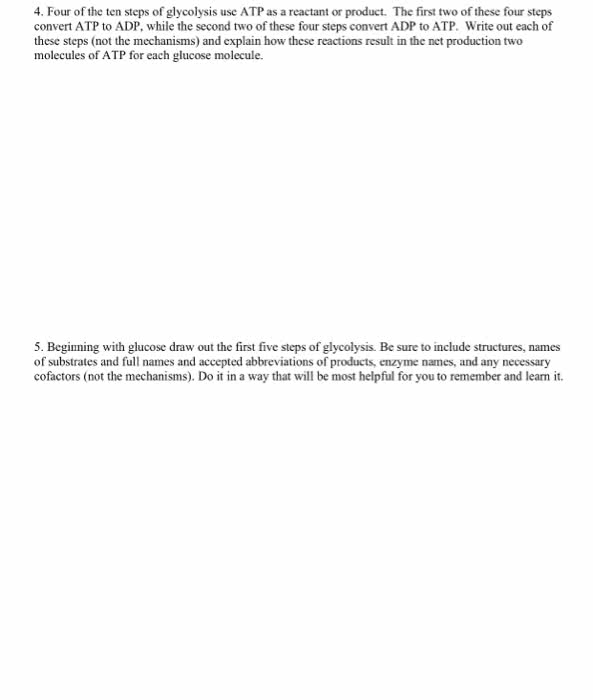CEM 311 Lecture Notes - Lecture 29: Phosphoglycerate Mutase, Phosphoglycerate Kinase, Dihydroxyacetone Phosphate
Document Summary
All are true for the isomerase reaction of glucose-6-phosphate to fructose-6- phosphate except: The reaction is irreversible with a large negative free energy change. Which of the following glycolytic intermediates and enzymes are in the correct sequence? hexokinase; phosphofructokinase-1; dihydroxyacetone phosphate; phosphoenolpyruvate. The rate-limiting reaction in glycolysis is: the phosphorylation of fructose-6-phosphate. In the conversion of glucose to pyruvate via glycolysis, all of the following enzymes participate. Number the following enzymes 1 through 7 in the order in which they function. (phosphoglycerate mutase, aldolase, hexokinase, enolase, phosphofructokinase-1, phosphoglycerate kinase, pyruvate kinase: hexokinase, phosphofructokinase-1, aldolase, phosphoglycerate kinase, phosphoglycerate mutase, enolase, pyruvate kinase. In glycolysis, a phosphorylation step is catalyzed by: hexokinase. Under anaerobic conditions, skeletal muscle generates lactase from pyruvate to: regenerate nad+ for further glycolysis. T/f the glycolytic pathway produces a net of two atp molecules. Seven of the ten reactions of glycolysis are reversible ( g near zero) and can be used in reverse of glycolysis for gluconeogenesis.




